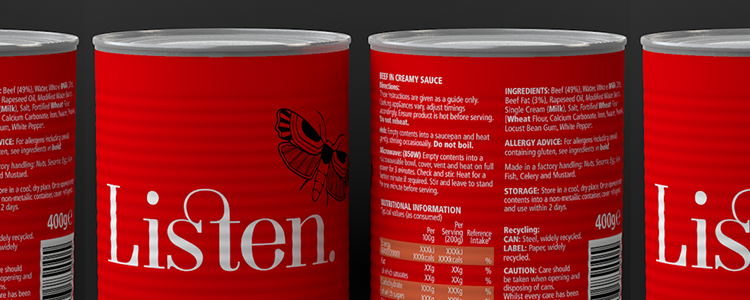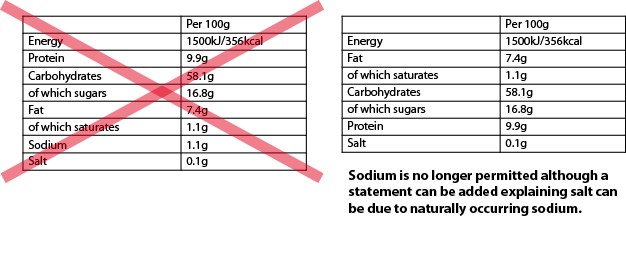
IS YOUR FOOD PACKAGING LEGAL?
8th July 2015If you are in the food industry, you should know your allergens from your pears; your beans from your beers and your nuts from your nasturtiums, but with changing regulations regularly coming into effect it is hard to keep up with them all.
In December 2014, new legislation (the EU Food Information for Consumers Regulation No. 1169/2011) came into force which requires food businesses to provide allergy information on food sold unpackaged, for example, in catering outlets, deli counters, bakeries and sandwich bars. EU FIC will make nutrition labelling mandatory for the majority of pre-packed foods from 13 December 2016. Let’s not forget that since April 2015, rules on country of origin and freezing information for meat from sheep, pigs, goats and poultry have also applied.
However, for the first time, the new EU legislation has adopted a mandatory approach to regulating food labelling information, rather than the food industry regulating itself. The biggest changes for food packaging is the setting of a minimum font size for labelling information, which so far has posed huge challenges for designers to comply with the new rules.
MANDATORY LABEL INFORMATION.
- Legal name of food
- List of ingredients (including QUID and allergens highlighted)
- Net quantity
- Date of minimum durability
- Storage conditions and/or conditions of use
- Instructions for use
- Nutritional declaration (if already declared)
- Name and address of manufacturer
- Country of origin
With the new EU regulation, all pre-packed foods will have to highlight the allergens in the ingredients. These are eggs, molluscs, crustaceans, celery, milk, fish, treenuts, sulphites, soya, sesame, peanuts, mustard, lupin and gluten.
Information about allergenic ingredients is to be located in a single place, i.e. the ingredients list on pre-packed food. This means that the voluntary use of the previous types of allergy boxes (such as: ‘Contains nuts’) that provide a short cut to allergen ingredients information also given in the ingredients list, is no longer allowed. The use of voluntary precautionary allergen labelling such as ‘may contain’, to indicate the risk of unintentional presence of allergens in a food, is still permitted and has not been affected by this regulation.

The nutrition information presented on the back of food packs must be in the form of a table where space permits. This information will always be in the same order and must include energy plus 6 further nutrients. Energy is in kcal and kJ per 100g, all other nutrients are given in g per 100g or 100ml of the product as sold.
- Per 100g
- Energy kJ/ kcal
- Fat
- of which saturates
- Carbohydrates
- of which sugars
- Protein
- Salt
Sodium is no longer permitted, although a statement can be added explaining salt can be due to naturally occurring sodium.
Simplified information may also be provided voluntarily on the front of the pack, the term ‘reference intakes’ (RIs) has replaced ‘Guideline Daily Amounts’ (‘GDAs’).

This may still not be the end of the matter – the EU may want to further amend the directive. They have indicated that there are an additional 35 different areas for review.
So not sure about what applies to your salmon or your salad, your potatoes or your pork, or even your cheese to your choy sum? Why not send a pdf or photo of your label to stu@listencreative.co.uk for a review? You have got nothing to lose but it may save you a fine and a cherry red face.
Go Back